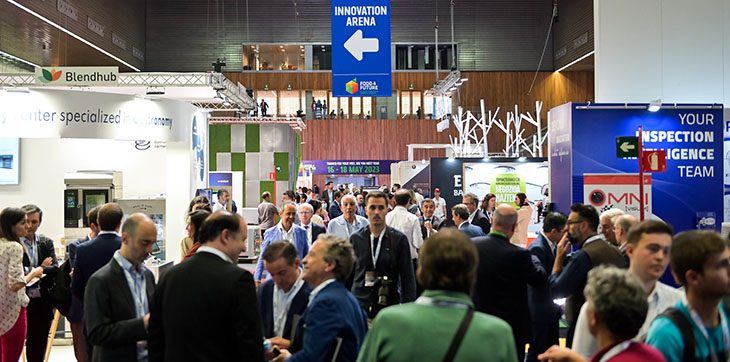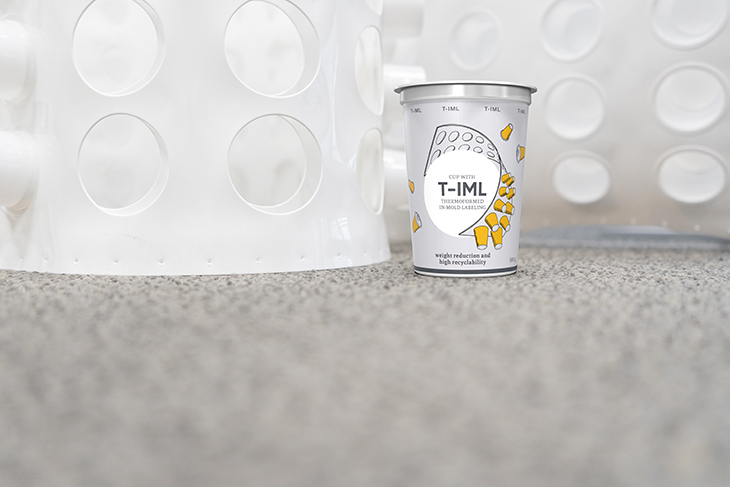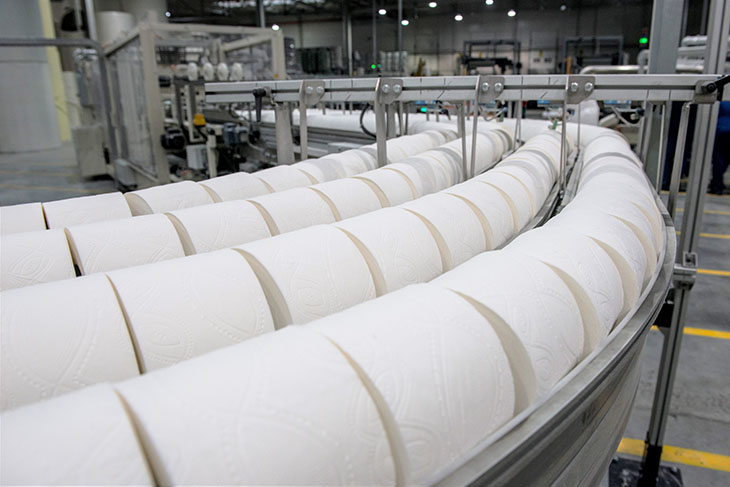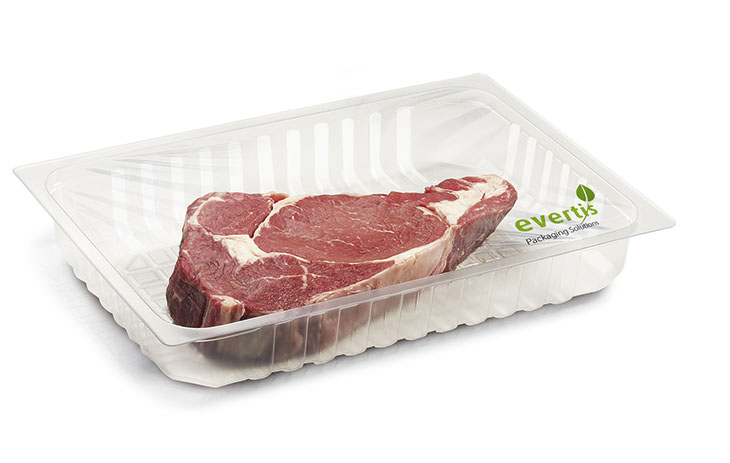Airports, hospitals, post offices and schools have an almost endless stream of people walking through every day. In areas with very high traffic, commercial flooring plays a crucial role. It must be durable and easy to clean, but ideally looks aesthetically pleasing as well. Commercial and residential flooring may look similar, but they play distinct roles and are typically built from different materials. Here’s how to select the best flooring for high-traffic commercial buildings.
Things to Consider When Choosing Flooring
Before deciding on a flooring type, consider the amount of traffic your building receives, as well as the following:
- Is the flooring LEED certified?: The Leadership in Energy and Environmental Design certification indicates the flooring is environmentally responsible and was made sustainably.
- How much does appearance matter?: Rubber and concrete are extremely durable and hold up well against foot traffic. But they may be better suited for gyms or behind-the-scenes operations rather than government buildings, museums or other environments where making a good visual impression matters.
- How many square feet is the area?: Some types of flooring, such as terrazzo, actually become more expensive as the space gets smaller. Make sure you know the cost of material per square foot, and whether it varies depending on the size of the room.
- Will the floor come in contact with liquids?: Commercial carpet doesn’t have the thick, plush style that characterizes residential carpet, but it’s still subject to staining from accidental spills. It also requires vacuuming and steam cleaning.
- How adaptable is the flooring?: If your commercial space is used for different purposes — for example, a community building that hosts after-school programs, livestock shows and luncheons — can the flooring meet all of the building’s needs?
- Does soundproofing matter?: In some commercial buildings, such as hotels, soundproofing is an important quality that influences daily business operations.
The Best Floor Types for High-Traffic Areas
Certain materials lend themselves especially well to commercial flooring, including:
Carpet Tile
Broadloom carpeting may look great in a home, but it’s a janitorial hassle in commercial areas. In addition to being easy to install, modular carpet tiles are a breeze to swap out if they get stained or damaged.
They’re low pile for easy vacuuming and steam cleaning. The low piling also makes it easier to see when something has been spilled on the floor. Carpet tiles are a good option for airports, schools, movie theaters and office buildings.
Luxury Vinyl Tile
Another high-traffic commercial flooring option, LVT owes its popularity to its versatile appearance, ease of installation and durability. It’s also cheaper compared to other tough commercial flooring options. Because LVT is composed of a photograph sandwiched between layers of flooring material, the design possibilities are unlimited. Restaurants, hospitals and daycares often use LVT for high-traffic areas.
Rubber
Soft, sound-absorbing and resistant to shattering, rubber finds its place among the most durable high-traffic commercial flooring materials. It’s easy to clean and hard to wear down. Although it has a more utilitarian appearance and distinct smell than many other commercial flooring options, it’s a great choice for hospitals, playgrounds and gyms. One downside is that since rubber typically isn’t modular, it’s hard to replace a single section of the floor if it gets damaged.
Epoxy
Many floor types can be epoxy-coated, but a notable type of epoxy flooring involves moisture-treating a concrete slab, then applying a coating of thick resin on top. This seals the flooring to protect it against moisture and debris. It also gives the floor a glossy sheen. Epoxy flooring resists mold growth, staining and odors, which is why it’s earned a reputation as an excellent commercial flooring for high traffic areas. Almost every type of business, from restaurants to hospitals and schools, uses it in some capacity.
Terrazzo
This composite material is made of marble, granite, glass or quartz chips blended with a cement or polymeric binder. The resulting floor is glossy and bright, and lends itself well to complex visual designs.
Terrazzo does have high upfront costs that increase when used in areas with small square footage, because it must be poured, cured and mechanically polished. But its high durability and resistance to scuffing make it a superb choice for commercial flooring, especially in showrooms or museums. It comes in a variety of rich colors.
Polished Concrete
Supermarkets, warehouses and office buildings commonly install polished concrete floors. They offer a modern look, reflect light to visually open up a room and are easy to clean.
Polished concrete is tough, doesn’t trap mildew and requires fewer construction materials than other types of flooring — after all, most floors have concrete underneath, anyway, so all you have to do is polish it. This makes it an environmentally friendly choice. Polished concrete can also be stained to create different colors, enhancing the overall appearance of the building.
In Areas With High Traffic, Commercial Flooring Is a Must
Choosing the right flooring comes down to where you need to use it, what type of wear it will endure and whether it needs to achieve a certain look. It must be durable, easy to clean and fit within your budget. It’s also important to consider how long it needs to last before requiring maintenance or replacement. Thankfully, there are numerous options to choose from when selecting high-traffic commercial flooring.























